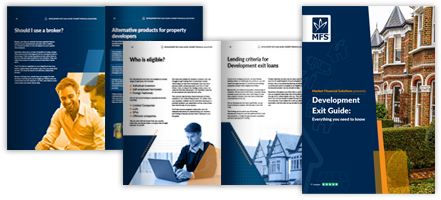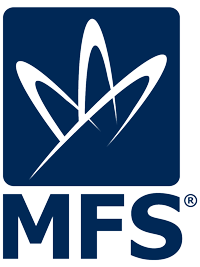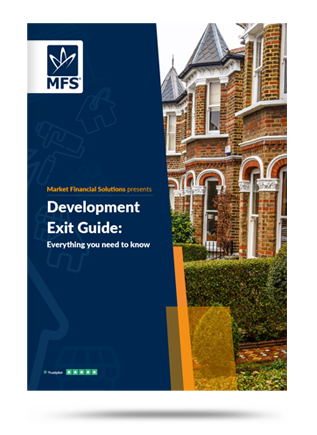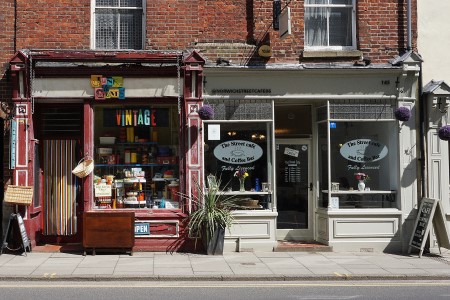
Written by Liza Campion
Head of National Accounts
Market Financial Solutions are a bridging loan and buy-to-let mortgage provider and are not legal, financial, investment or tax advisers. This document is for informational purposes only and does not, and should not be considered, to constitute legal, financial, investment or tax advice or be relied upon by any person to make a legal, financial, investment or tax decision. Therefore, Investors are encouraged to seek appropriate professional advice. The information in this content is correct at time of writing.

Labour is now in power, and has plans to majorly shake up property development, and the planning system. It’s vowed to deal with the housing crisis in the UK. This is hardly surprising – according to estimates from the Centre for Cities, Britain currently has a backlog of 4.3 million homes that are missing from the property market. They’re simply not being built.
As such, with Labour recognising that more homes need to be built, significant opportunities are emerging for property developers and investors.
But, if you are thinking of embarking on a development, it is important you assess the project’s long-term feasibility before doing so. It is also key that you have flexible finance options at your disposal to help you complete the project on time, and better your chances of securing a good return.
Therefore, this blog will break down the top performance metrics for real estate developers you should be tracking when planning and carrying out your property development plans.
Source: Centre for Cities
Calculating the Return on Investment (ROI) on a property development
When assessing the financial viability of a project, real estate developers have a variety of different performance metrics available to calculate the return on investment (ROI) of a property development.
These metrics could include the following:
Return on cost (ROC)
This is the profit expressed as a percentage of the total cost of a development. It is one of the most frequently used metrics in the UK development sector. Here is an example of how you would calculate the ROC of a development:
Let’s say you completed a development project for a total cost of £400,000 and sold the property for £600,000. You would have made a profit of £200,000. You would then divide this profit by the total cost and multiply that figure by 100 to calculate the ROC.
In this case, the ROC would be 50%, which means that for every pound spent, you would have earned a profit of 50p.
The ROC allows you to evaluate profitability in relation to cost, so a higher ROC suggests a more favourable investment. Remember that professional advice should be sought before investing.
Return on Gross Development Value (GDV)
GDV is another performance metric for real estate developers. It measures a property development’s profit relative to its total expected value and will help you assess the potential returns of a project from sale value – or Gross Development Value (GDV) – of the completed development.
To calculate the return on GDV, you divide the gross profit of the project by the GDV and multiply by 100.
To illustrate, let’s say that the GDV of your development project is £5 million, and your total costs amount to £3 million. To calculate the Gross Profit, you subtract the total cost of the development from the GDV.
As such, you would divide £2 million by £5 million, and multiply by 100, making the return on GDV of your development 40%.
You use this metric to make informed decisions about pricing and market positioning.
Return on equity (ROE)
This performance metric is the amount of money that the developer gets at the end of the project, compared to the amount they put in. As such, if you put £50,000 into a project and received £100,000 back, your ROE would be 100% or an equity multiple of 2x.
The higher the ROE, the more efficient the use of your invested capital.

Internal rate of return (IRR)
Calculating the IRR is another widely used method of assessing a potential project’s feasibility. It is a measure of the potential profitability of an investment and provides insight into the rate at which it is expected to generate returns over its lifespan.
The IRR can therefore be defined as the rate at which the project’s cash inflows are sufficient to cover the cash outflow.
To calculate the IRR of a real estate development, you would consider the initial investment of the project and the expected cash flow (revenue and profit) that the development will generate in the future.
In truth, it is easiest to carry out these calculations using an IRR calculator, which you can find easily online.
But imagine there are two projects that both produce a profit of £2 million. But, one takes a year to build, while the other takes two (which would almost certainly lead to higher labour and construction costs). The project that will require less cash flow to create the same amount of profit is generally more favourable for obvious reasons.
Therefore, the higher the IRR, the more attractive an investment opportunity becomes because it indicates that you will get a higher return compared to the initial cost of investment.
Net present value (NPV)
The last performance metric for real estate developers is the Net present value (NPV). It is a vital financial gauge to determine if a particular investment, given the initial input, generates the desired return or ‘target yield.’
The NPV equation factors in a property’s existing net cash flows and the developer’s required rate of return, thereby establishing the property’s current value from the developer’s standpoint.
At the heart of NPV sits a fundamental principle: money in the present holds greater value than money in the future.
As such, if you had £500,000 today and invested it into a development project, you have the potential to secure a good return on investment. Conversely, if you received £500,000 in the future, you forfeit the chance for this money to increase over time.
Therefore, if the NPV of a property development is positive, then you will have paid less for a property than what it is worth when completed. This also means that if the NPV is 0 then you have paid exactly what the development is worth, while you will lose money if the NPV is negative.
It is important to note that NPV does not account for uneven cash flows, which could lead to significant outlays if the development does not immediately start making money. For instance, if a development cost £400,000 to build, didn’t make any money in years one to three, and then made £400,000 in year four, the NPV would be 0.
By considering the time value of money, NPV helps you assess the financial viability of the project.
How to use these performance metrics to assess a real estate’s long-term feasibility and profitability
When assessing whether a potential real estate development project is financially viable, it is important to use a mixture of all the performance metrics above. By not relying on a single metric, you are better placed to take a holistic approach to assessing a development project’s profitability. As such, you will be more aware of the risks and rewards at the start of the project, mitigating the chances of seeing nasty surprises down the road.
Indeed, the interplay between these metrics is important. While ROC and ROE inform you about cost efficiency and the best usage of your money, GDV and IRR shed light on the potential revenue and profit that could be produced. Meanwhile, NPV places greater influence on the time value of money, underlining the importance of keeping future cash flows in mind.
It is also important, however, to follow and track market trends. Often, external shifts can shape the success of a project. Analysing market demand, supply, and macroeconomic conditions that could impact the future of your development is paramount.
Related to this, you must have a clear goal for your development investment. Do you want an immediate gain upon completion, or are you happy to wait for long-term returns? By using these performance metrics, you can ensure your real estate project aligns with your investment objectives.
Finally, evaluating risk factors such as constructions delays, regulatory changes, and market fluctuations help you to anticipate potential challenges and plan mitigative strategies. However, you cannot plan for all eventualities, so having a trustworthy and experienced lender, as well as a flexible financial product on your side, is an all important aspect of a development project.
Financing property development projects
At Market Financial Solutions, we do not provide development finance for ground up projects. But, our Development Exit bridging loans can help you mitigate any challenges that you may come across in the back end of a development. These loans are short term, specialised products designed to cover original development finance.
You can use this funding to secure extra time to finish works, figure out long-term financial solutions, and/or find the right buyers for your development. This breathing space may prevent you from needing to sell off individual units at a reduced price to hit a looming deadline, allowing you to boost the profitability of your project in the long run.
We take loan applications on a case-by-case basis, which means we can be flexible with the funding we provide, as well as the clients and cases that we can take on. We can also deliver our products in as little as three days to help you hit your deadlines, which means that where unexpected development delays emerge, we’ll be able to adapt at pace.
To find out more about our bridging products for your development project, head to our website.
Development Exit Finance
A complete guide
Everything you need to know
- Benefits & costs
- Difference to development finance
- Application & loan process
- Repayment options





